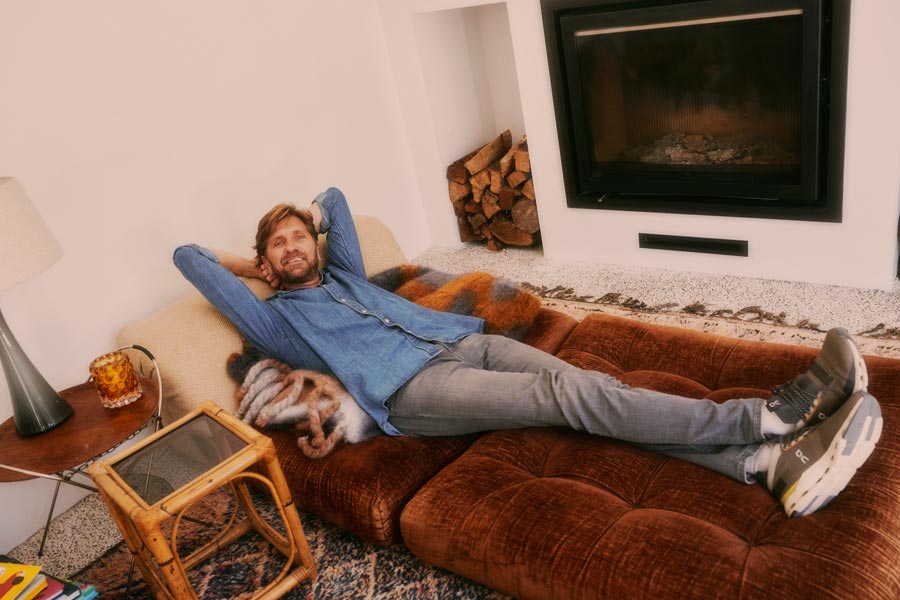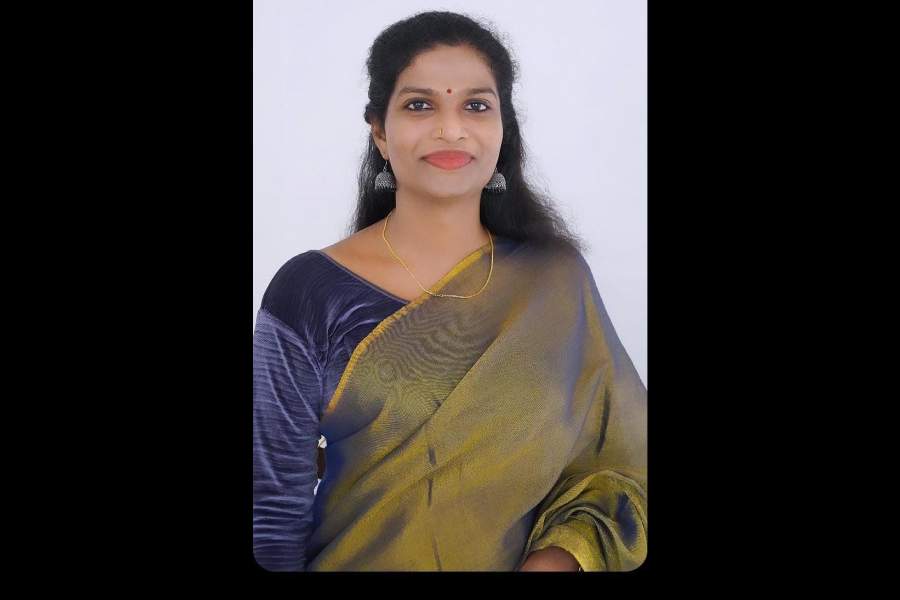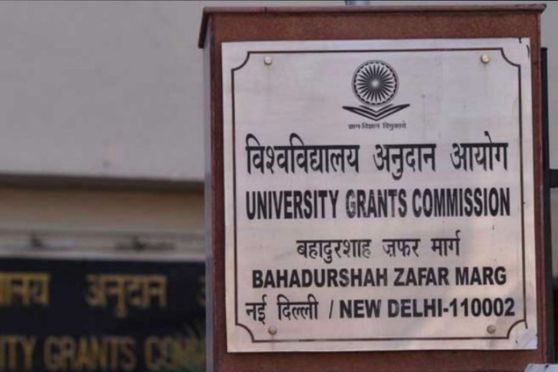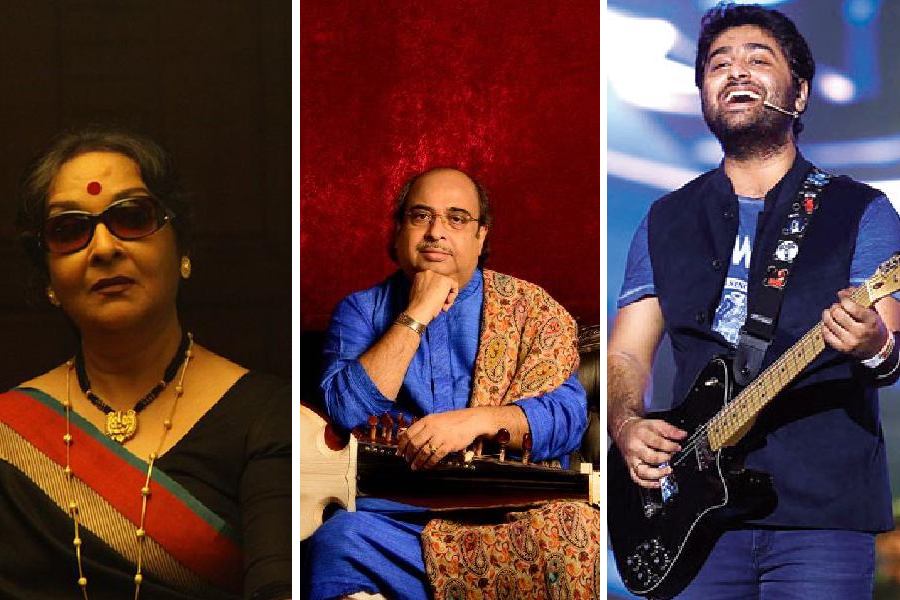For a filmmaker whose most recent movie was nominated for three Academy Awards and who has twice won the Palme d’Or, the top prize at the Cannes Film Festival, it might sound strange to hear Ruben Ostlund say he doesn’t focus on success.
“I’m much more interested in when we fail as human beings than when we succeed,” said the Swedish director, who will lead the jury at this year’s festival, May 16 to 27.
Ostlund, 49, won the Palme d’Or last year for “Triangle of Sadness,” a class satire set aboard a doomed luxury yacht, as he did in 2017 for “The Square,” an unsparing sendup of the art world. Ostlund is one of only nine filmmakers who have multiple Palmes d’Or to his credit — and one of three to win the award for consecutive films.
After its success at Cannes, “Triangle of Sadness,” which was Ostlund’s first film entirely in English, went on to become an art-house hit in both Europe and America, and was nominated for three Oscars — for best picture, best director and best original screenplay — but didn’t win any.
In his three most recent features, starting with 2014’s “Force Majeure,” Ostlund has consciously tried to get away from a certain type of European art-house film that is often cerebral, challenging and severe.
“I wanted to create a wild, entertaining ride at the same time that I was trying to talk about the content that I thought was important or that I was curious about, and not making a contradiction between those things,” he said in late April during a video interview from his house in Campos, on the island of Majorca, Spain.
He pointed to the political comedies of Lina Wertmüller, the Italian director whose 1974 film, “Swept Away,” was a clear touchstone for “Triangle of Sadness,” and the surreal provocations of Spanish filmmaker Luis Buñuel as examples of serious-minded films that are also great fun to watch.
In a statement announcing Ostlund as jury president in February, festival organizers called the decision a “tribute to films that are uncompromising and forthright and which constantly demand that viewers challenge themselves and that art continue to invent itself.”
“Contrary to popular belief, thought-provoking cinema can also be popular,” Philippe Bober, one of the producers on “Triangle of Sadness,” wrote in an email. “We want to make uncompromising auteur films but also to embrace the audience,” Bober continued. He has worked with Ostlund since 2005.
“The bad news for producers,” Bober added, referring to himself and the film’s other Oscar-nominated producer, Erik Hemmendorff, “is that if you want to make good films, you have to support your directors’ radicalism when they are experimenting with form and content for a long period of time before you make money.”
The critical and popular acclaim for “Triangle of Sadness” seems a vindication of Bober’s faith in Ostlund.
The humor of “Triangle,” often acid-laced, that makes the Swedish director’s films so entertaining is often deeply discomfiting — and sometimes downright squirmworthy. This has proved divisive, with some viewers regarding his work as manipulative or downright cruel (“Triangle of Sadness” includes an audaciously long vomiting scene), and others hailing him as an uncommonly perceptive social commentator.
“I think all my approaches in my films are looking at human behavior, creating dilemmas,” Ostlund said, “in order to try to tell something about us human beings.” He added that he tried to create “scenes where I believe that, yeah, this is an accurate and a true picture of our behavior” without pointing fingers.
“I’m happy,” he added, “if I can reach the level of a really good sociological experiment.”
According to Owen Gleiberman, chief film critic for Variety magazine, “Triangle of Sadness” is “very much a movie of its moment.”
“It’s about the 1%, and it’s about the 1% getting their comeuppance. And that’s a good theme and it’s a gratifying theme,” said Gleiberman, who attended his first Cannes Film Festival in 1996. At the same time, he said he felt that the film was “too in love with its own satirical excess.” While he was delighted by the unexpected Palme d’Or win for “The Square,” he thought “Triangle of Sadness” was less deserving of the prize.
“There’s no rule that says that a director shouldn’t take the Palme d’Or twice in five years,” Gleiberman said. “But when that happens, it’s usually an indication not that he has made two masterpieces but that he’s become a Cannes darling.” As such, the fact that Ostlund was tapped to head the Cannes jury, Gleiberman added, “makes perfect sense.”
“I hesitated a little bit because of the burden of the position, actually,” Ostlund said about being asked to chair the jury. His eight co-jurors include American actors Paul Dano and Brie Larson, Argentine director Damián Szifron and French filmmaker Julia Ducournau, who won the Palme d’Or in 2021 for “Titane,” a controversial body-horror film.
But Ostlund said it was important, above all, for him to endorse what Cannes stands for. “For me, it is the festival in the world that is on the barricades fighting for cinema” and a “provocative approach to cinema as an art form,” he said.
“The last year when I had been traveling around with ‘Triangle of Sadness,’ I have tried to really promote cinema, talked about the advantage of cinema, talked about what are the qualities of watching things together instead of sitting in front of an individual screen,” he added.
Hungarian filmmaker Kornel Mundruczo, another Cannes favorite, said the festival connected him to an “ethical, fundamental state of what does that mean to be a filmmaker and a true believer in film as the seventh art.”
Films by Mundruczo, 48, and Ostlund have shared lineups at Cannes several times. In 2014, they both headlined the festival’s Un Certain Regard sidebar: Mundruczo’s “White God” won top prize and Ostlund’s “Force Majeure” took the jury prize. Three of Mundruczo’s other films have screened in the main competition at Cannes; he was invited to be a juror at Cannes twice but declined because of prior commitments.
While expressing reservations about running films like horses in a race, Mundruczo, who has chaired juries at other festivals, said he enjoyed the experience — and not only because it forced him to take in multiple films a day.
“As a jury member, you feel like you can give your taste, your honesty and your vision of the future of cinema and all your love of cinema,” Mundruczo said in an interview in Berlin, where he lives.
Ostlund, who has also served on film festival juries before, said it was important to take care of the group dynamics and make sure everyone “feels that they are seen.”
“I think I will have a very Swedish approach when it comes to running the jury,” he said. “It will be a democracy.”
The New York Times News Service











